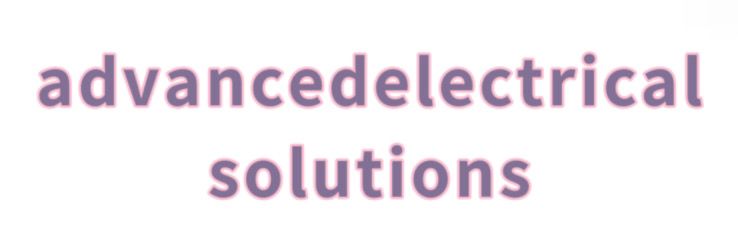What Is a Grid Connected Inverter Solution?
What Is a Grid Connected Inverter Solution?
A grid connected inverter solution is a crucial component in modern renewable energy systems, particularly those utilizing solar panels. It is designed to convert the direct current (DC) generated by solar panels into alternating current (AC) that can be fed into the electrical grid. Here’s a detailed look at how grid connected inverter solutions operate and their benefits:
1. Functionality of Grid Connected Inverter Solutions
Grid connected inverters play a pivotal role in integrating renewable energy sources with the existing power grid. Here’s how they work:
- DC to AC Conversion: The inverter converts the DC electricity generated by solar panels into AC electricity, which is required for most household and grid applications.
- Synchronization with Grid: The inverter ensures that the output electricity is synchronized with the grid voltage and frequency, enabling seamless integration and energy flow.
- Maximizing Energy Harvesting: Many inverters employ Maximum Power Point Tracking (MPPT) technology to optimize energy production even with fluctuating sunlight conditions.
2. Types of Grid Connected Inverters
There are several variations of grid connected inverters, each suited for different applications:
- String Inverters: Utilized in most residential solar PV systems, these inverters manage multiple solar panels connected in series.
- Microinverters: These devices are attached to individual solar panels, allowing for optimized performance and easier system monitoring.
- Hybrid Inverters: In addition to converting DC to AC, hybrid inverters can manage energy storage systems, enhancing efficiency during cloudy days or nighttime.
3. Benefits of Grid Connected Inverter Solutions
Implementing a grid connected inverter solution offers a multitude of advantages:
Additional reading:How Does Solar Battery Storage Work?
- Cost-Effective Energy Use: Homeowners can use their generated solar energy, reducing utility bills and improving cost efficiency.
- Environmental Impact: By using renewable energy, these systems contribute to reducing carbon footprints and promoting sustainability.
- Net Metering Opportunities: Excess electricity can often be fed back into the grid, allowing homeowners to receive credits or payments from utility providers.
4. Considerations for Installation
Electrical Equipment & Supplies
Are electric cars worth it for kids?
How to Choose the Best Induction Forging Machine?
What Is MMA in Welding Machine?
The Role of Plastic Dampers in Automotive Interiors
Ultimate Guide to Using an Engraving Stylus for Gravure Cylinder
When opting for a grid connected inverter solution, several factors should be considered:
- System Compatibility: Ensure that the inverter is compatible with your solar panel system and the grid specifications.
- Local Regulations: Review local regulations and incentives to understand compliance obligations and potential benefits.
- Quality and Warranties: Choose high-quality inverters from reputable manufacturers to ensure durability and long-term performance.
Conclusion
Grid connected inverter solutions are vital for harnessing renewable energy efficiently. By converting DC electricity from solar panels to AC electricity that can be used in homes or fed back into the grid, they facilitate the transition to sustainable energy practices. Understanding the functionality, types, benefits, and installation considerations can help consumers make informed decisions when deploying solar energy solutions.
The company is the world’s best single phase hybrid inverter manufacturer, three phase hybrid inverter factory supplier. We are your one-stop shop for all needs. Our staff are highly-specialized and will help you find the product you need.
Additional reading:Maximize Efficiency with ABB ACS Drives Solutions
M2qa Series Low-Voltage Dust Explosion-Proof Motor: Innovations for 2025
Advantages of Horizontal Axis Wind Turbines
LED PCBA Solutions: Expert Aluminium PCB Assembly Services
Eliminating Your PCB Electronic Board Assembly Headaches: Solutions for Seamless Production
What Are the Key Benefits of ABB ACS530 Inverters?
Essential Guide to PCBA Manufacturing Techniques
Related Articles

Comments